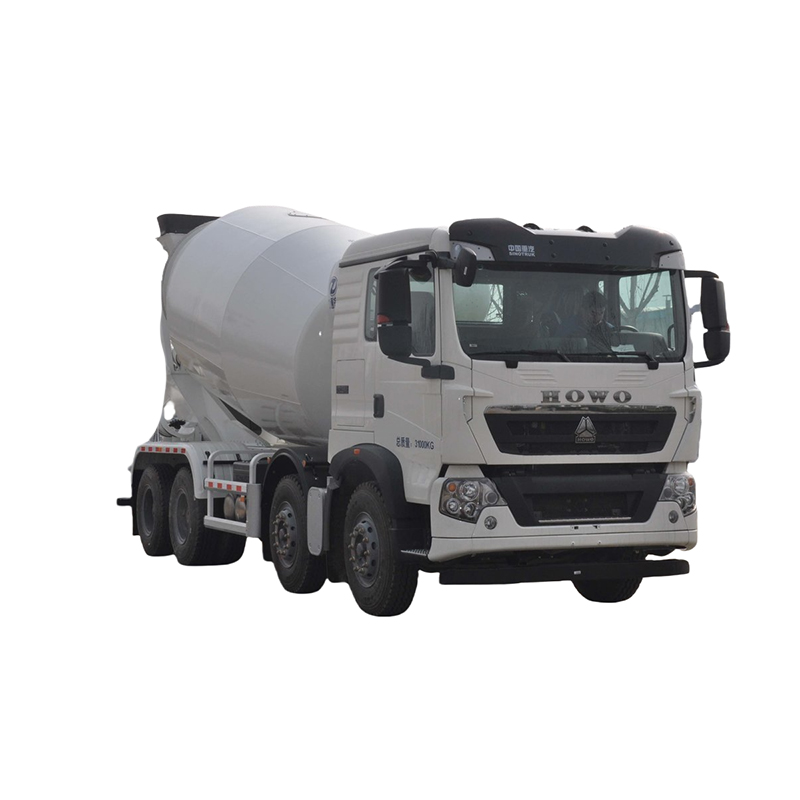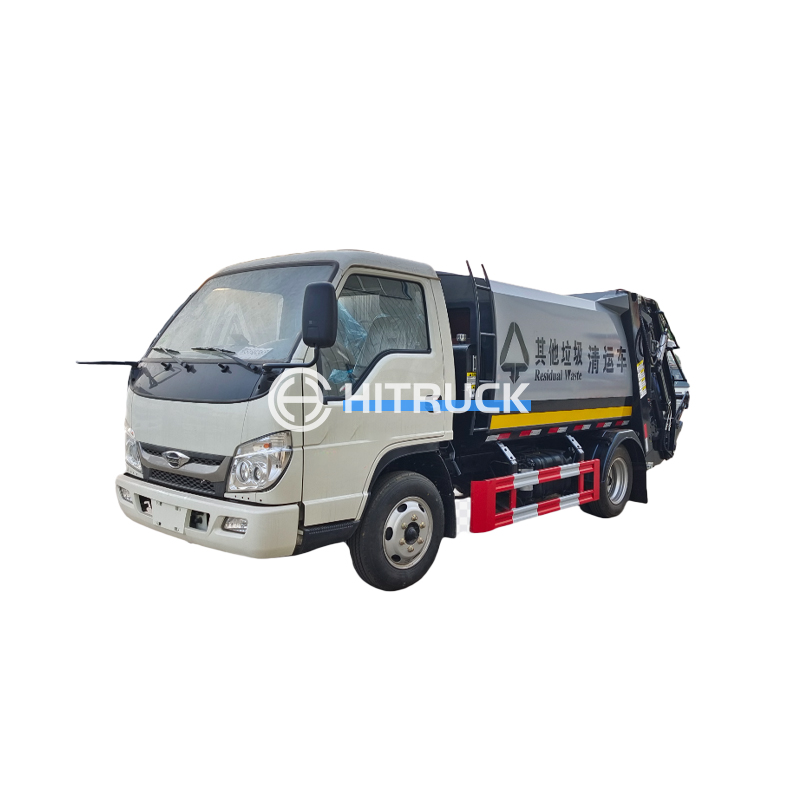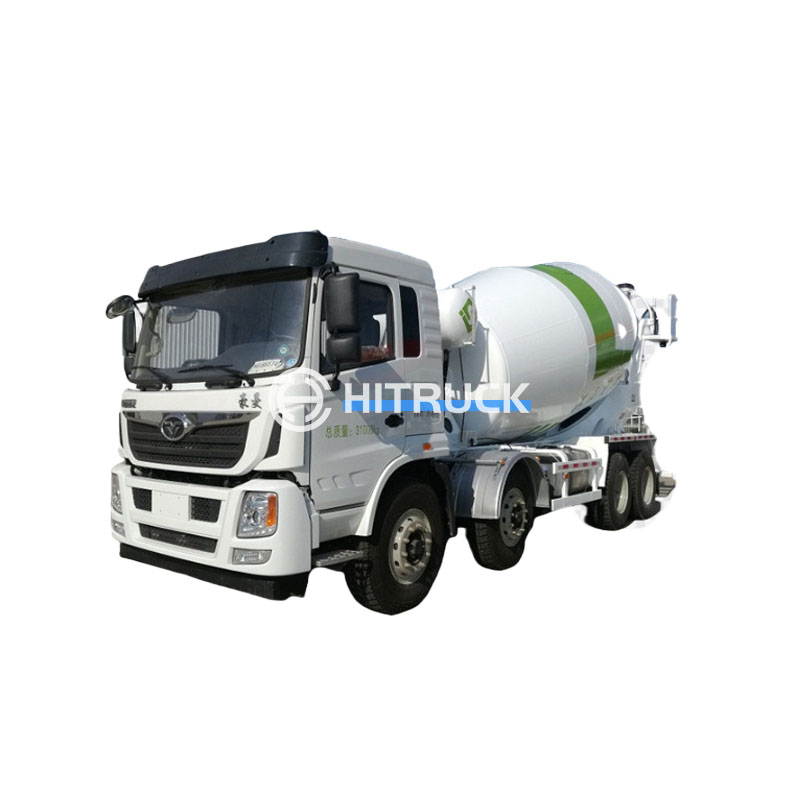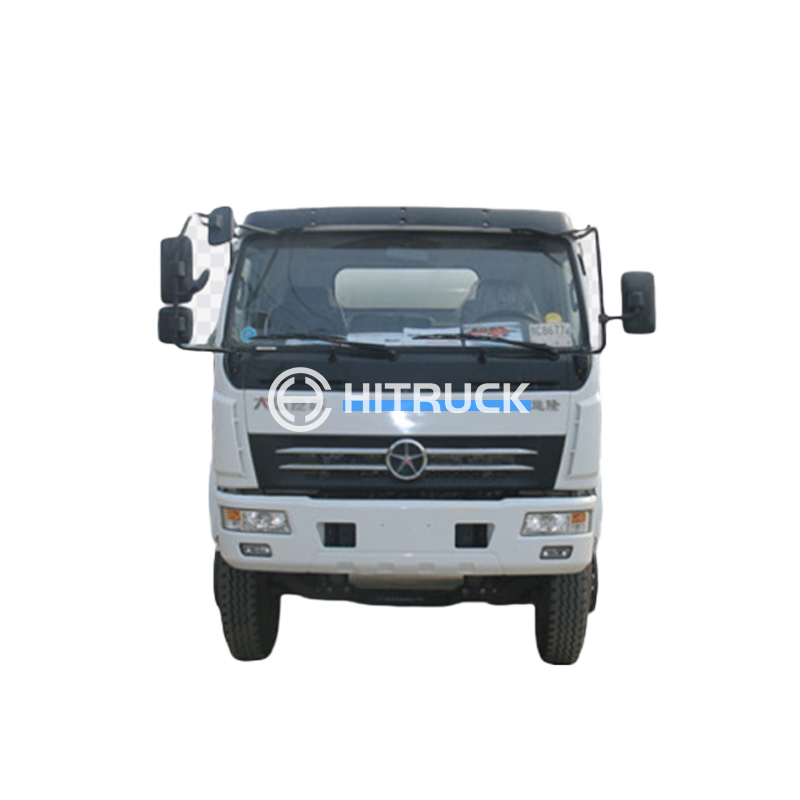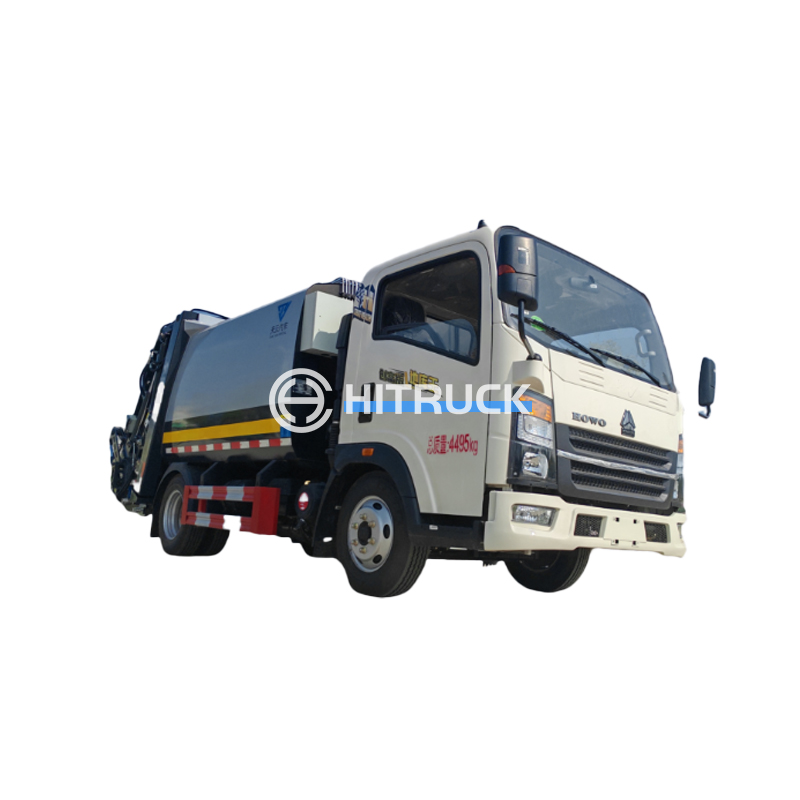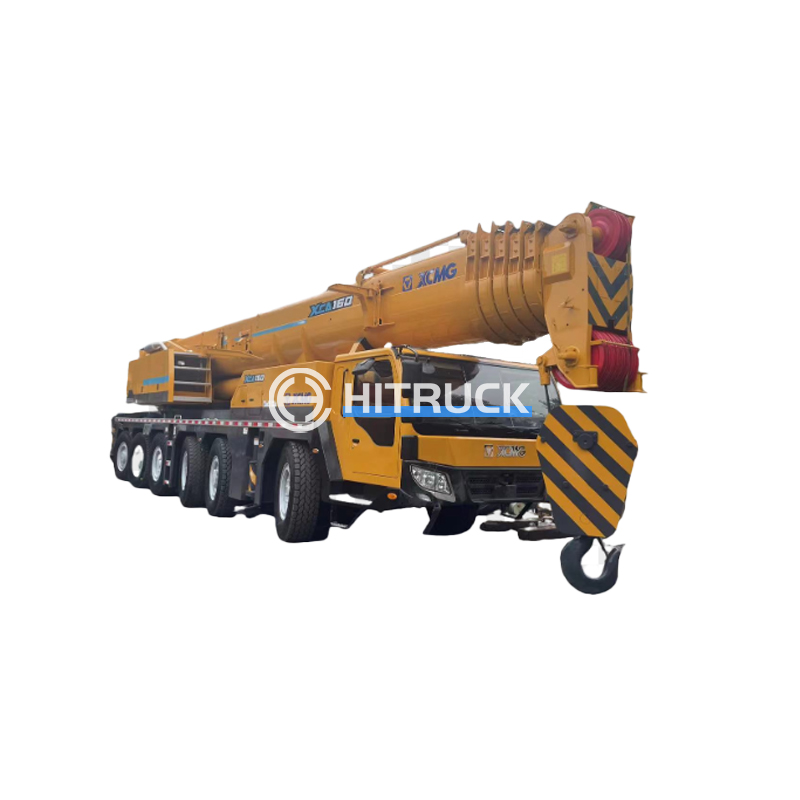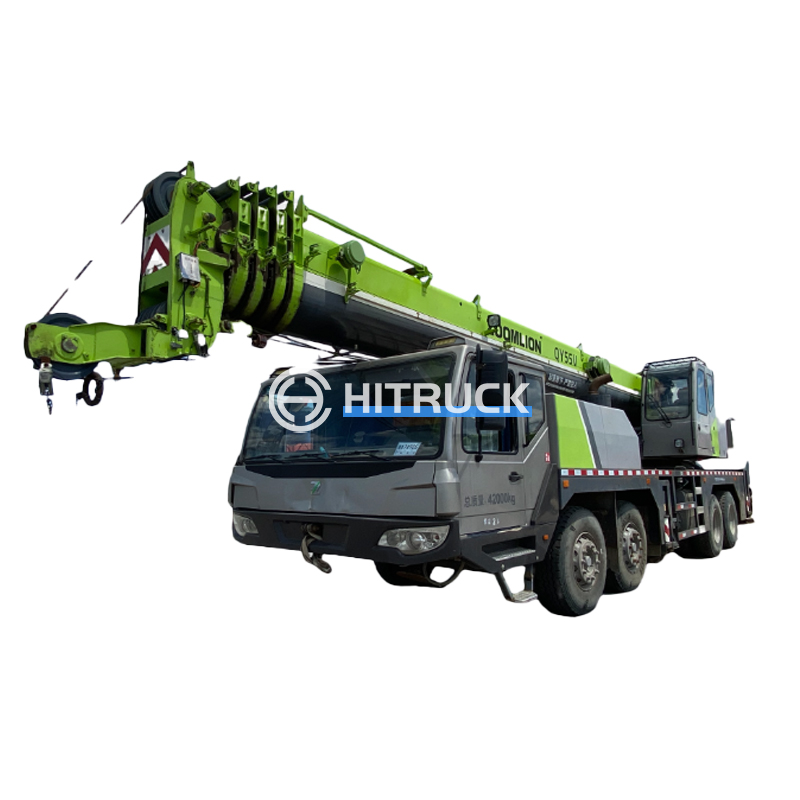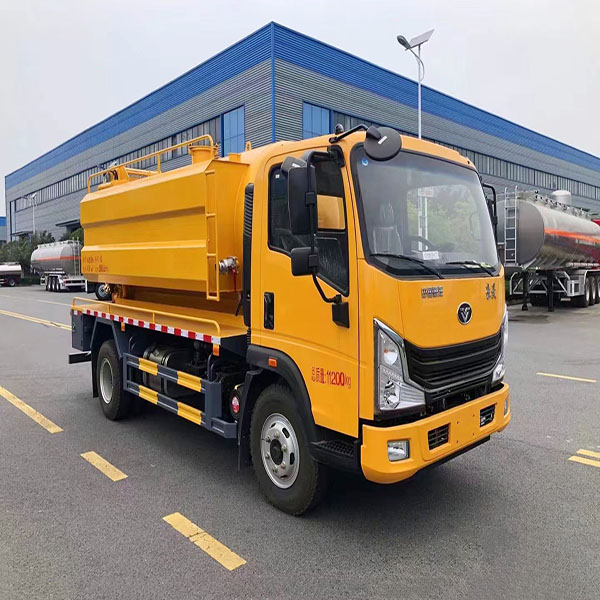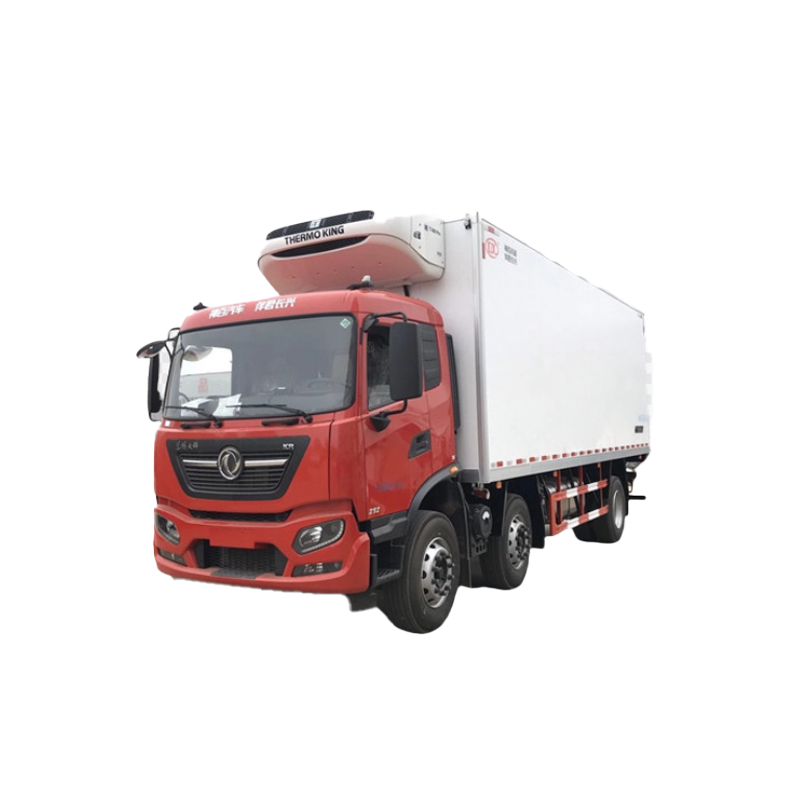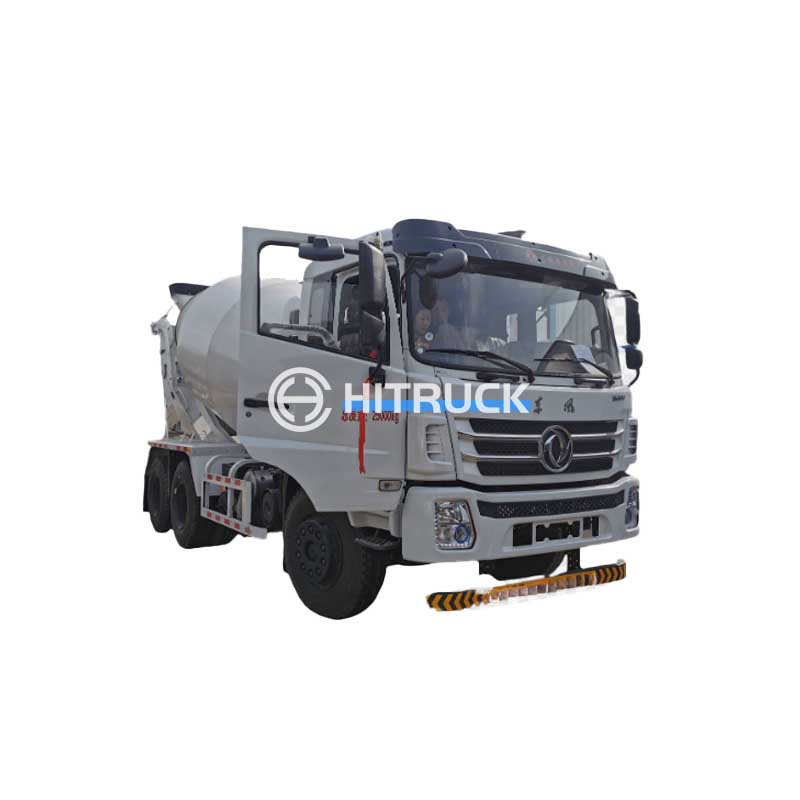This comprehensive guide explores the world of heavy duty wreckers, providing insights into their various types, functionalities, and considerations for choosing the right one for your needs. We'll cover essential features, maintenance, and factors to consider before purchasing or renting a heavy duty wrecker. Whether you're a seasoned professional or just starting to explore this specialized equipment, this guide offers valuable information to help you make an informed decision.
Wheel lift wreckers are a common choice for smaller vehicles and offer a relatively quick and efficient recovery method. They're ideal for cars, light trucks, and SUVs. The wheels are lifted using a specialized cradle and then the vehicle is towed.
Integrated tow trucks are more versatile, often equipped with wheel lifts and a bed for securing vehicles. They are suitable for a wider range of vehicles, including those with more significant damage or that may not be suitable for a wheel lift.
Heavy duty wreckers, especially rotators, excel in handling larger, heavier vehicles and those requiring more intricate recovery methods. These powerful machines can lift and rotate vehicles, making them indispensable for accident recovery and vehicle extraction in challenging situations. They’re frequently used for large trucks, buses, and even heavy construction equipment.
Historically prominent, hook and chain wreckers are still used in certain contexts. While they offer significant lifting power, they are generally less precise and can cause more damage to the vehicle than other types of heavy duty wreckers. Their use is often limited to situations where other types of wreckers cannot effectively operate.
Selecting the appropriate heavy duty wrecker hinges on several crucial factors:
The weight capacity of the heavy duty wrecker must exceed the heaviest vehicle you anticipate recovering. Always opt for a model with a safety margin to account for unexpected situations.
Similar to lifting capacity, ensure the wrecker's towing capacity aligns with the anticipated weight of the vehicles to be towed.
Modern heavy duty wreckers often incorporate advanced technologies such as automated lifting systems, improved safety features, and enhanced maneuverability. Consider features that enhance efficiency and safety.
Regular maintenance is essential for the longevity and reliability of any heavy duty wrecker. Factor in the cost of parts and service when making your decision. Consider proximity to reputable repair facilities.
Heavy duty wreckers represent a significant investment. Carefully assess your budget and prioritize features based on your needs and resources. Consider leasing options as an alternative to outright purchase.
Finding the perfect heavy duty wrecker requires thorough research and careful consideration. Consult with industry professionals, compare specifications from different manufacturers, and prioritize your needs based on your unique operating conditions.
Regular maintenance is critical for ensuring the longevity and safe operation of your heavy duty wrecker. This includes regular inspections of hydraulic systems, brakes, tires, and all moving parts. Consult your owner's manual for a detailed maintenance schedule.
| Wrecker Type | Lifting Capacity (Approximate) | Best Suited For |
|---|---|---|
| Wheel Lift | Up to 10,000 lbs | Cars, Light Trucks |
| Integrated Tow Truck | 10,000 - 20,000 lbs | Cars, Light to Medium Trucks |
| Rotator | 20,000 lbs and up | Heavy Trucks, Buses, Construction Equipment |
For more information on high-quality heavy duty wreckers and related equipment, visit Suizhou Haicang Automobile sales Co., LTD.


